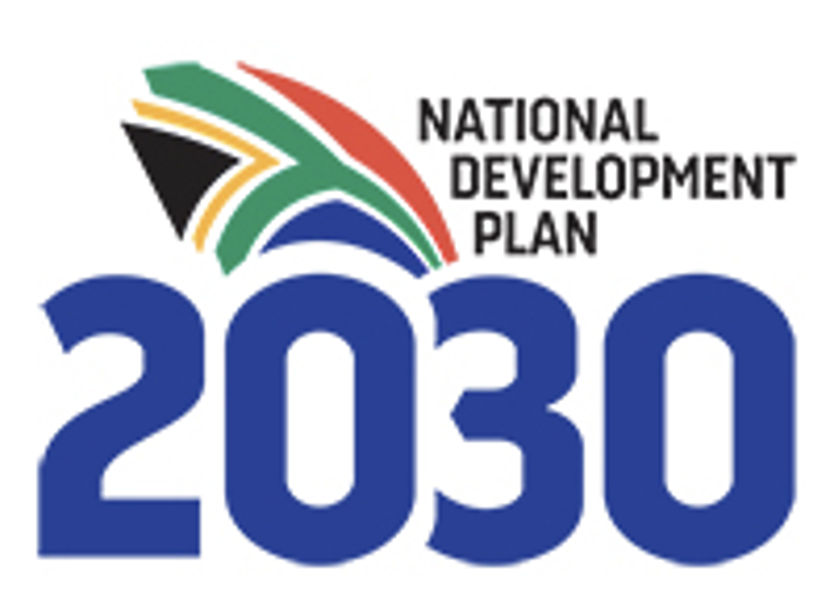Is our higher education system aligned with the National Development Plan (NDP) vision? A policy reflection
6th October 2025

By Papama Meleni, Wits Masters Candidate
In 2012, the National Development Plan (NDP) imagined a South Africa where higher education would be a lever for justice—a system that expands opportunity, deepens equity, and drives inclusive growth. Thirteen years later, we must ask: how far have we come?
From a policy lens, the goals are clear. The NDP calls for expanded access, improved quality, and stronger alignment between education and the labour market. But in 2025, the cracks are visible. The University of Johannesburg received nearly 700,000 applications for fewer than 11,000 undergraduate spaces (Khanyile, 2025). At Walter Sisulu University, students protested for working toilets and safe residences—basic conditions for dignity and learning (Mshweshwe, 2025). Meanwhile, youth unemployment reached 46.1% for those aged 15–34, with the 15–24 age group facing a staggering 62.4% unemployment rate (Statistics South Africa, 2025).
These are not isolated failures. They reflect a deeper misalignment between policy ambition and institutional reality. The Department of Higher Education and Training (DHET) has introduced reforms—TVET revitalization, NSFAS adjustments, and the University Capacity Development Programme (UCDP). But implementation remains uneven. The Southern African Institute of Welding reiterated that South Africa needs to produce 30,000 artisans annually, yet current output remains far below that target (SAIW, 2025). The curriculum still privileges theory over practice. And funding models continue to exclude the most vulnerable.
We must ask: who is our system designed to serve? Because right now, it is not the child in a rural classroom with no maths teacher. It is not the student sleeping in a library or computer labs because residence fees are unaffordable. It is not the graduate with a degree or diploma but no job, no network, and no safety net.
The NDP’s vision is not unreachable. But it requires more than policy—it requires political will, institutional courage, and public accountability. We need a systemic shift: from education as a privilege to education as a public good. From exclusion to inclusion. From silence to solidarity.
We need funding models that treat students as whole people—not just tuition numbers. We need governance that includes student voices—not just elite committees. And we need to see young people not as “struggling learners,” but as untapped innovators, community anchors, and social architects.
Until then, the dream of #FeesMustFall remains deferred—and the social pact between the state and its youth remains fractured.
References
Khanyile, Gcwalisile. “South African universities receive 30 times more applications than available spaces.” IOL News, 16 January 2025.
Available at: https://www.iol.co.za/news/education/2025-01-16-south-african-universities-receive-30-times-more-applications-than-available-spaces
Mshweshwe, Mpumzi. “PROTESTS: Varsity closes campuses and student residences with immediate effect due to protests.” News SA, 20 March 2025.
Available at: https://newssa.co.za/2025/03/20/protests-varsity-closes-campuses-and-student-residences-with-immediate-effect-due-to-protests
Statistics South Africa. South Africa’s Youth in the Labour Market: A Decade in Review. Pretoria: Stats SA, May 2025.
Available at: https://www.statssa.gov.za/?p=18398
Southern African Institute of Welding (SAIW). “SA Needs 30,000 Artisans a Year but Only Trains 20,000: Experts Warn of Skills Gap.” SAIW News, April 2025.
Available at: https://www.saiw.co.za/sa-needs-30-000-artisans-a-year-but-only-trains-20-000-experts-warn-of-skills-gap
